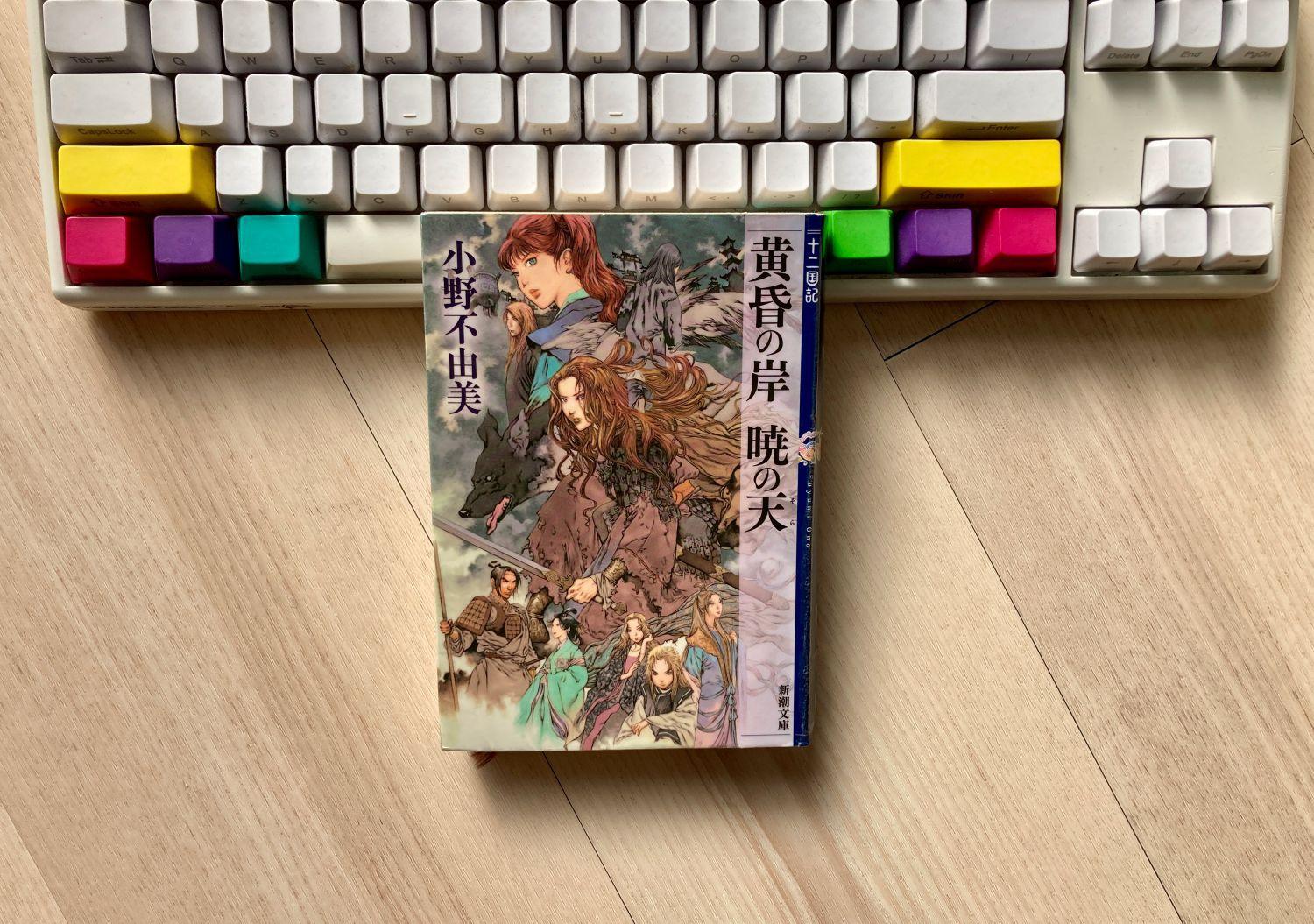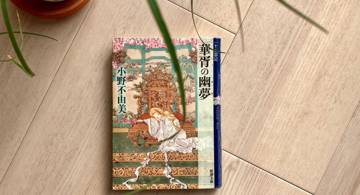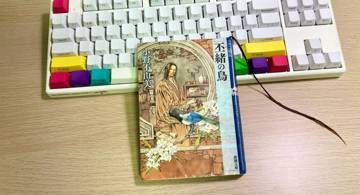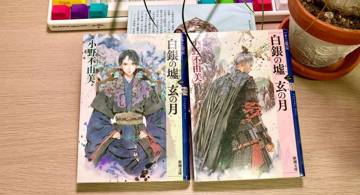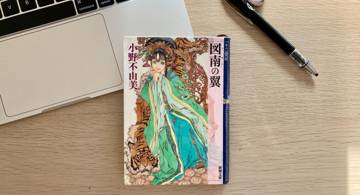Overview
A continuation of the previous entry.
This post contains a summary and my thoughts.
Summary
- Year of Koshin 2, in the Kingdom of Tai (戴国): The story of Taiki-kun (泰麒) and King Gyousou (驍宗) unfolds.
- Taiki-kun (泰麒): The kirin of Tai, introduced in Volumes 2 and 0. A taika (胎果, a kirin born in Japan) who, after being attacked by bandits, triggered a meishoku (鳴蝕, a phenomenon that forcibly connects Japan and the Twelve Kingdoms) and ended up in Japan with his memory lost.
- King Gyousou (驍宗): The hyoufu (飄風, the king chosen during Taiki’s first ascent to Mt. Hou). Six months after his enthronement, the Bunshu Rebellion (文州の乱) erupted. This conflict engulfed his hometown of Tettsui (轍囲), forcing the king himself to go to the battlefield. However, it turned out to be a trap, and he was attacked and went missing. With both the king and the kirin gone, the Kingdom of Tai descended into chaos.
- Asen (阿選): The right general of Tai’s Imperial Army. He proclaimed himself king in the absence of Gyousou, committing atrocities that seemed to aim at destroying the land itself. Strangely, nationwide mind control prevented uprisings against him.
- Risai (李斎): A general of Tai. After enduring six years of Asen’s tyranny, she fled to the Kingdom of Kei (慶国) to seek help from Queen Youko (陽子).
- Queen Youko (陽子): The Queen of Kei. Three years into her reign, she wants to assist Tai but cannot send troops due to teki-men no tsumi (覿面の罪).
- Teki-men no Tsumi (覿面の罪): A divine punishment outlined by the Heavenly Code (天綱). Breaking it results in the simultaneous death of both the king and the kirin. Sending troops to another kingdom qualifies as such a violation. Although these supernatural rules are straightforward, interpreting them requires careful deliberation, often with the counsel of a sage like Youko’s advisor, Gyokuyou (碧霞玄君) of Kou (玉葉).
- A meeting is held to determine what Kei can do for Tai within the limits of the Heavenly Code. Despite the Twelve Kingdoms’ history of non-cooperation, Youko proposes a change—not just for Tai’s sake, but also to set an example for her own country. She wants to establish a precedent where kingdoms come to each other’s aid in times of need. Inspired, the other kingdoms form a search party to locate Taiki in Japan.
- Taiki is eventually found in Japan, but his horn and memories are gone. Returning him to the Twelve Kingdoms and restoring his memories proves challenging but is ultimately successful.
- Taiki and Risai return to Tai. Despite lacking military strength, they must take a stand because “what you can sustain with your own hands is what you can truly call your own” and “if we fail to uphold Tai now, we will forever lose the right to call it our country.”
Impressions
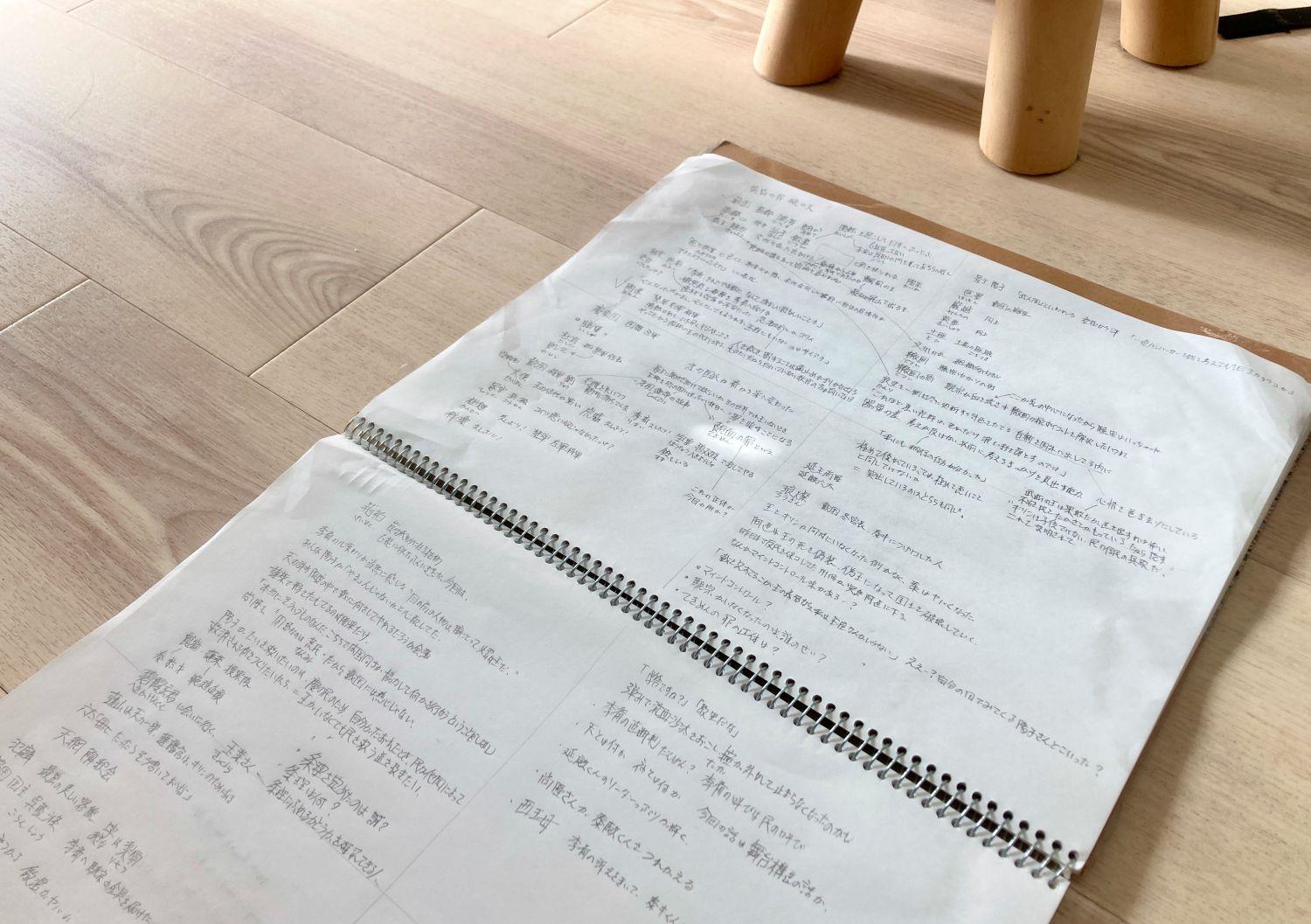
- As I read, these seemed to be the key questions:
- What is the true nature of the mind control gripping Tai?
- What is the real nature of teki-men no tsumi (覿面の罪) and the Heavenly Code (天綱)?
- However, this volume only raises these questions without providing answers. Instead, it shows how Queen Youko (陽子) leads the Twelve Kingdoms, which have no history of cooperation, toward collaboration.
- The lack of inter-kingdom cooperation likely stems from the Heavenly Code itself. By prohibiting invasions and territorial violations, it created a history of mutual non-interference among nations.
- I wonder if future volumes will delve into the true nature of the Heavenly Code, Heaven itself, and the world of the Twelve Kingdoms. This reminds me of the Tatakau Shisho series.
- In such narratives, the early story focuses on the relationships between groups (in this case, between kingdoms), leading readers to expect an exploration of inter-kingdom dynamics. But in later parts, the plot shifts toward the fundamental truths of the world itself. The Twelve Kingdoms might follow this structure.
- The revelation that the previously ambiguous Queen Mother of the West (西王母) physically exists also recalls Yamagata’s works, where legendary beings almost always turn out to be real and active.
- Characters introduced in Volume 4, such as Shoukei (祥瓊), Kantai (桓魋), Suzu (大木鈴), and Koshou (虎嘯), reappear, adding a layer of nostalgia.
- I appreciated Risai’s (李斎) perspective on kiryou (器量): “It’s the ability to recognize opportunities to think about something, even before deciding whether one can or cannot handle it.” Everyone can think things through if given the opportunity, but most people fail to recognize those opportunities. King Gyousou (驍宗) excels at spotting them.
- This idea struck a chord with me. It seems to imply that education is crucial for honing the ability to seize such moments.
- Tai’s Winter Minister Rousan (琅燦) stood out as a vividly characterized minor role. He’s likely to play a more prominent part in later volumes.
- Tai’s Autumn Minister Kaei (花影) came across as deeply human. He struggles with a job that doesn’t suit his personality (administering justice), reacts with anger to Risai’s morally questionable suggestions, and is moved to tears by Gyousou’s leadership.
- According to Gyousou, the act of judging and punishing others easily spirals out of control. This is why those who dislike such tasks are best suited for them.
